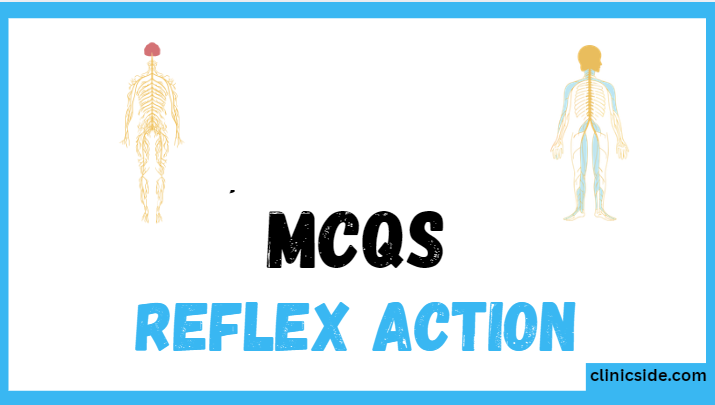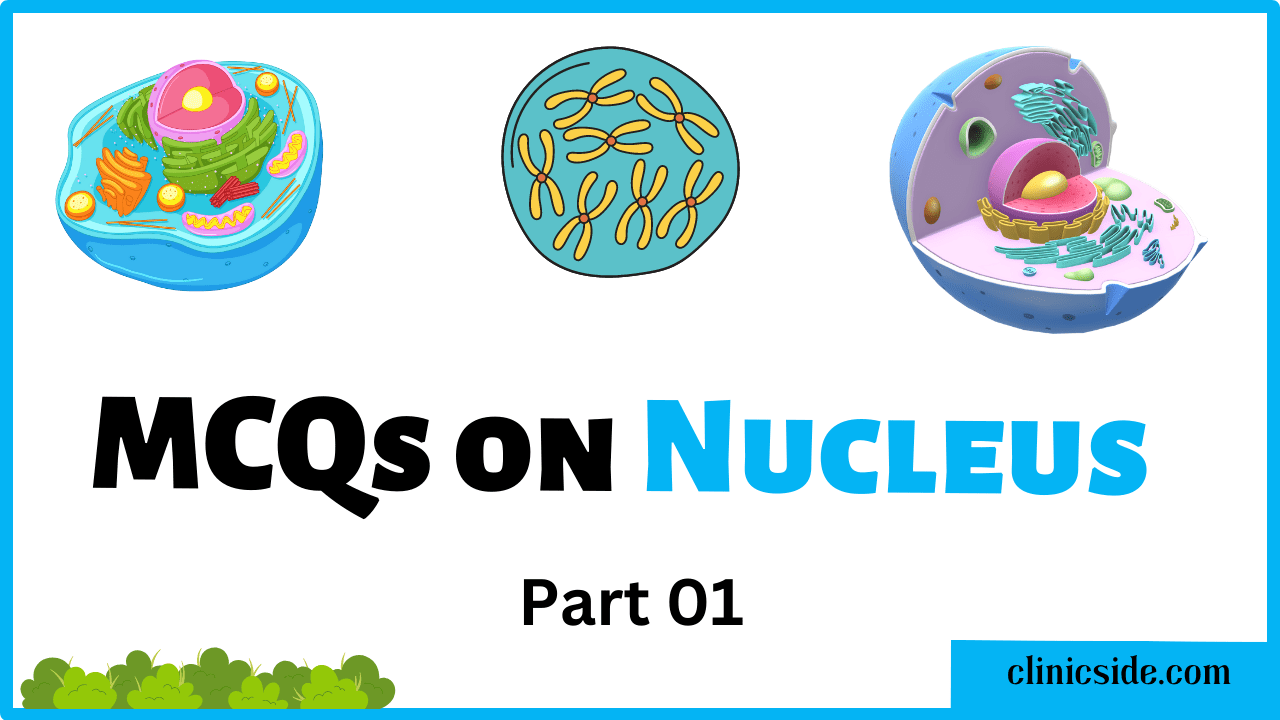Reflex action is an automatic, quick, and involuntary response of the body to a stimulus. It is performed without conscious thought and helps protect the body from harm. For instance, when you accidentally touch a hot object, you instantly pull your hand away — this is a reflex action that prevents injury.
In biology, reflex actions are crucial for survival as they enable the body to respond rapidly to dangerous situations without waiting for brain processing.
Quiz
Available options: 1 to 20
Mechanism of Reflex Action (Reflex Arc)
The working of a reflex action follows a specific pathway known as the reflex arc. This arc includes several key components that transmit and process the signal efficiently. The sequence is as follows:
- Receptor: Detects the stimulus (e.g., skin senses heat).
- Sensory Neuron: Carries the impulse from the receptor to the spinal cord.
- Interneuron (Relay Neuron): Processes the information in the spinal cord.
- Motor Neuron: Sends the command from the spinal cord to the effector organ.
- Effector: Produces the response (e.g., muscle contraction to pull the hand away).
This entire pathway ensures that reflex actions occur within milliseconds, bypassing the brain to save time.

Examples of Reflex Actions
Here are some common and essential reflex actions in humans:
- Knee-jerk reflex: When the knee is tapped lightly, it kicks automatically.
- Blinking of eyes: Protects the eyes from dust or bright light.
- Sneezing reflex: Removes irritants from the nasal passage.
- Cough reflex: Clears the throat and respiratory tract.
- Withdrawal reflex: Pulling back a hand when touching something hot or sharp.
Each reflex action serves a protective function that maintains the body’s safety and stability.
Types of Reflex Actions
Reflex actions can be categorized into two main types:
- Simple Reflex (Unconditioned Reflex):
These are inborn and natural, such as blinking or breathing. They don’t require prior learning. - Conditioned Reflex:
These are learned through experience. For example, salivating at the sight or smell of food is a conditioned reflex action.
Importance of Reflex Actions
Reflex actions play a vital role in human physiology and daily functioning. Some major benefits include:
- Protection: Prevents injuries by quick responses.
- Survival: Helps organisms react instantly to danger.
- Efficiency: Reduces reaction time by bypassing the brain.
- Homeostasis: Maintains stable internal conditions, such as pupil dilation in different light intensities.
Without reflex actions, the human body would be much slower to respond to environmental threats.
Reflex Action vs Voluntary Action
| Feature | Reflex Action | Voluntary Action |
|---|---|---|
| Control | Involuntary | Under conscious control |
| Speed | Very fast | Slower |
| Involvement | Spinal cord mainly | Brain involved |
| Example | Pulling hand away from flame | Writing or walking |
This comparison shows why reflex actions are critical for quick protection, while voluntary actions allow deliberate movement and thought.
Conclusion
In conclusion, a reflex action is an essential and automatic biological process that protects the human body from harm. It involves a rapid response mechanism called the reflex arc, which bypasses conscious thought to produce immediate reactions. Understanding reflex actions helps us appreciate how efficiently the human nervous system maintains safety and coordination in daily life.





